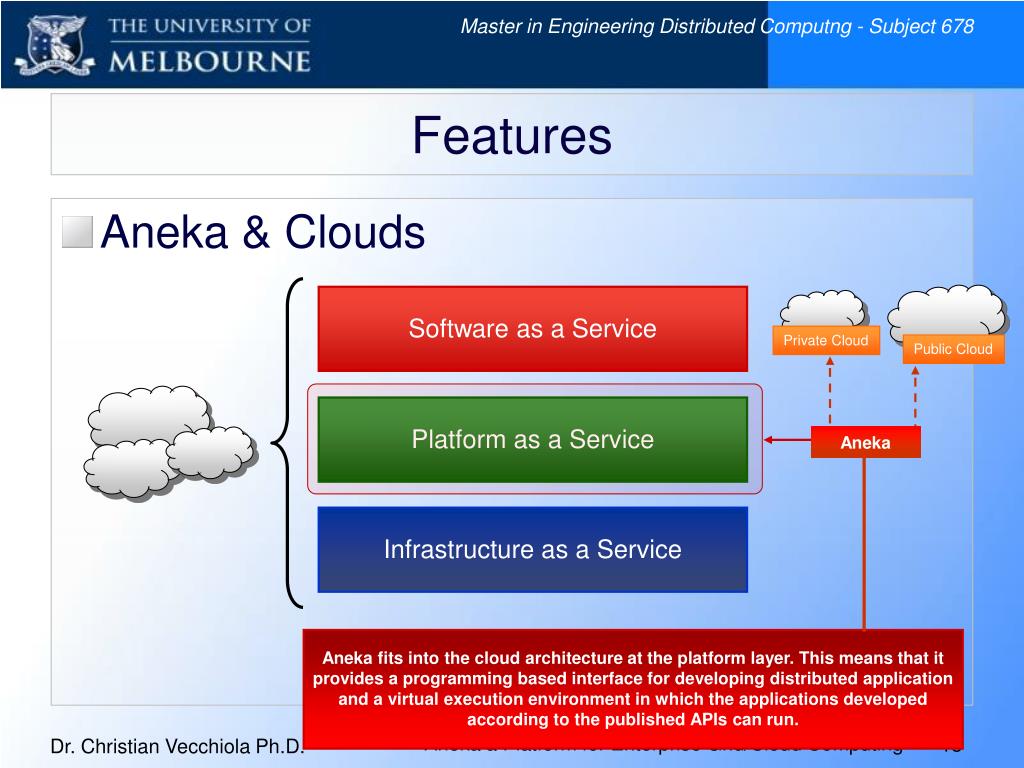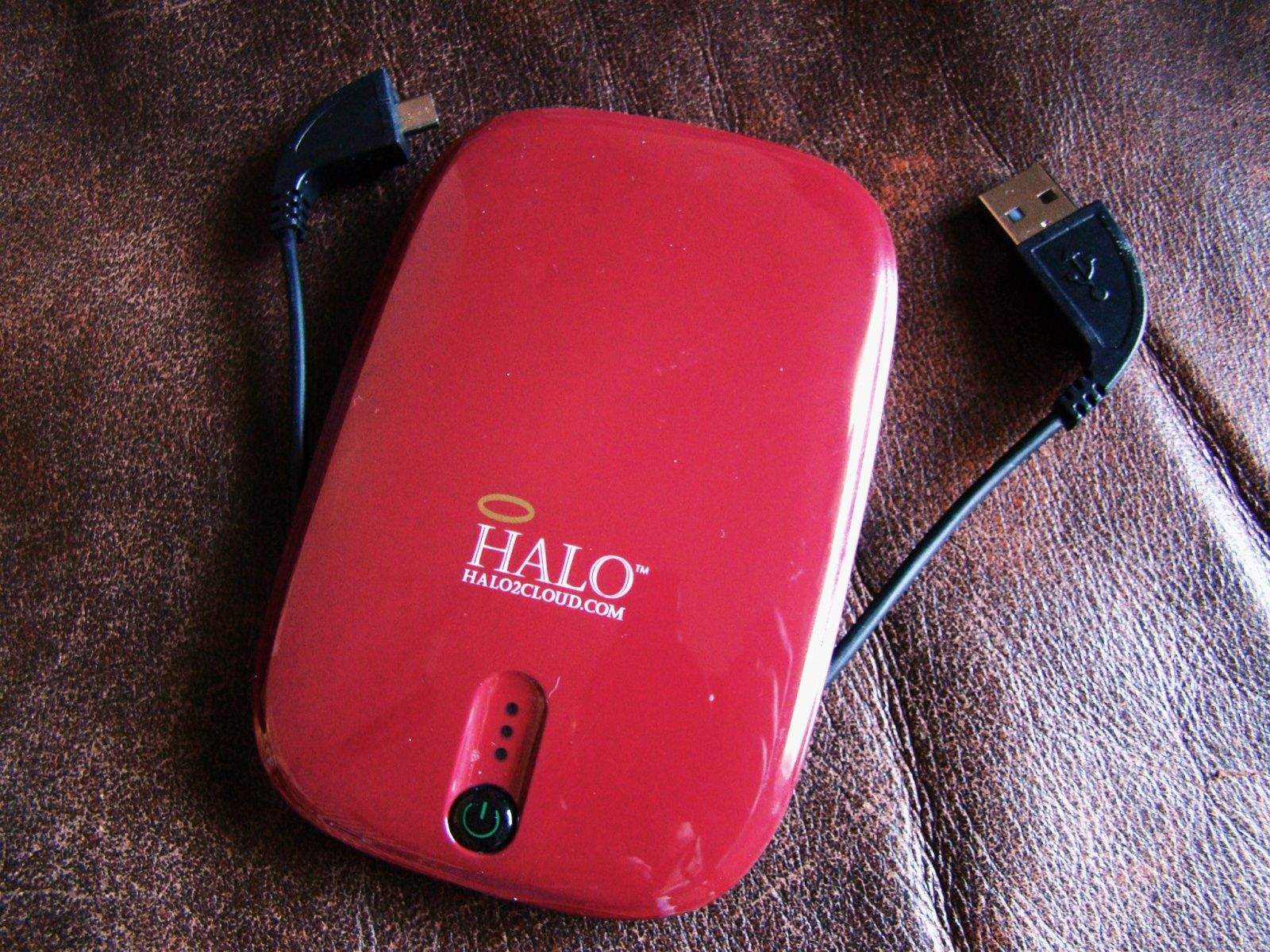
While it is easy to forget in the modern heterogeneous IT world, Windows and macOS are competing operating systems. The lack of GPOs for macOS endpoints – or to be more specific, support for the Apple MDM spec – in an AD environment is only a side effect of a larger problem. With the release of BigSur, only IT management solutions that support the MDM protocol and are approved by Apple can manage Mac devices. Of course, Apple has driven hard on it’s own proprietary approach leveraging the MDM protocol to manage Macs. The other factor is systems must be directly bound to the AD domain. For one, they can only be applied to Windows systems. While GPOs are certainly powerful tools, their effectiveness comes down to two factors. ( Technet) Microsoft calls these commands and scripts Group Policy Objects (GPOs). Group Policy refers to a device management feature that enables IT admins to deploy commands and scripts in the form of policy documents that apply their settings to the computers and users within their control. For example, one of the most powerful features of AD is it’s Group Policy feature. The other issue is the lack of device management or MDM (mobile device management) capabilities for macOS systems. This not only adds a lot of overhead for IT admins for user management, but also substantial added costs.

Admins often have to implement third party add-ons to have the same level of control for Mac systems as they do for Windows endpoints in a pure AD environment.Īs Apple has continued to add more security features including their Secure Token functions, the ability to provision and manage users on macOS devices has become even more complex.

In large part, user management capabilities are limited to user authentication and password management. The first issue is the lack of full control and management for macOS users. Try Risk Free Supplemental Solutions for macOS Management


 0 kommentar(er)
0 kommentar(er)
